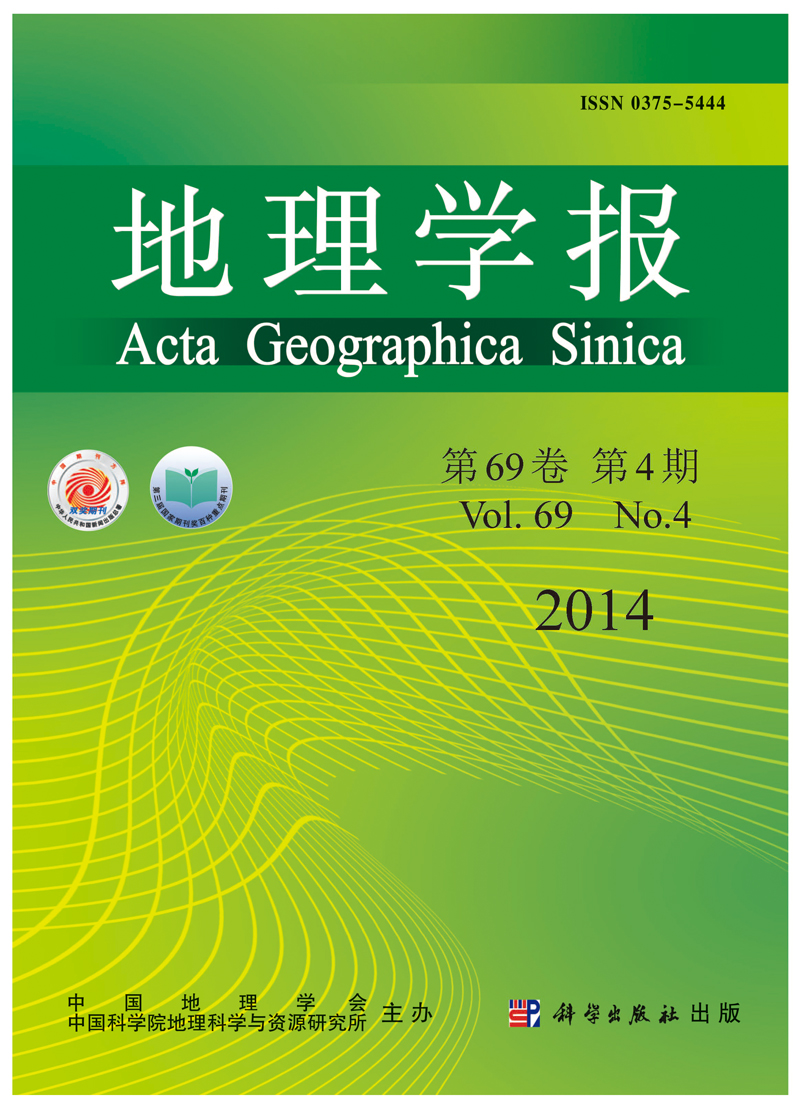FANG Chuanglin, MA Haitao, WANG Zhenbo, LI Guangdong
Innovative cities are not only important basis for innovation activities, but also play a strategically critical role in constructing an innovative country. Meanwhile, the development of innovative cities can meet the urgent requirements of setting new forms of urban development and fostering the urban sustainable development. Currently, China is marching toward the goal of establishing an innovative country by 2020, but the start-up phase of innovative cities construction cannot realize the fundamental transition from factor driven development to innovation driven development, which means that there is a wide gap between China's innovative cities and the advanced innovative cites. Constructing innovative cities confronts with some bottlenecks like investments, income, techniques, contributions and talents. This article takes 287 prefecture-level cities as the object of comprehensive assessment. With the method of comprehensive assessment system of innovative cities and innovative monitoring system software, this article evaluates the current situation of innovative city construction from four aspects, namely independent innovation, industrial innovation, living environmental innovation and institutional innovation, and analyzed the characteristics of spatial heterogeneity of innovative cities construction. The results are as follows. The level of innovation of Chinese cities is low, and building an innovation-oriented country is difficult. Some 87.8% of cities are lower than the national average of comprehensive level of innovation. The level of city's comprehensive innovation has close and positive correlation with economic development. The level of the eastern region of China is significantly higher than that of the central and western regions. The levels of urban independent innovation, industrial innovation, habitat of environmental innovation and institutional mechanisms innovation show consistent spatial heterogeneity law with the city's comprehensive level of innovation. In the future, China should speed up the construction process in accordance with the basic principles of "independent innovation, breakthroughs in key areas, market-driver, regional linkage, personnel support". The purpose is to build Beijing, Shenzhen, Shanghai, Guangzhou into global innovation centers, to build Nanjing, Suzhou, Xiamen, Hangzhou, Wuxi, Xi'an, Wuhan, Shenyang, Dalian, Tianjin, Changsha, Qingdao, Chengdu, Changchun, Hefei, Chongqing into national innovation centers by 2020, through which China will finally build a national urban innovation network that includes 4 global innovative cities, 16 national innovative cities, 30 regional innovative cities, 55 local innovative cities, and 182 innovation-driven development cities and contributes to the establishment of an innovative country by 2020.
